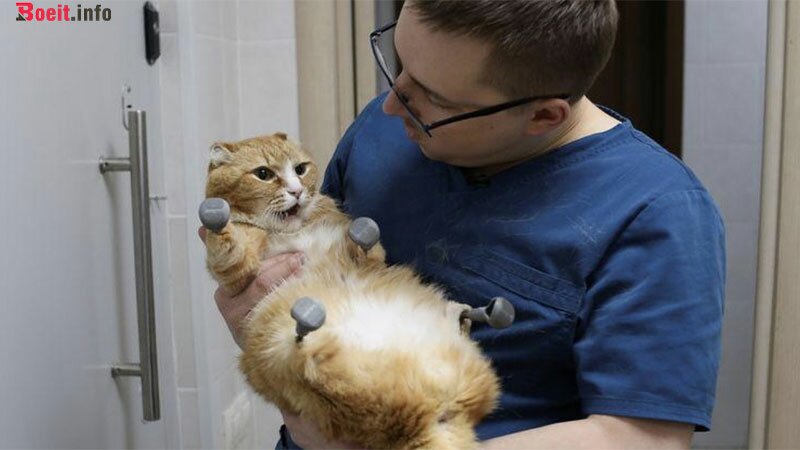The 2,600-year-old remains of a young Scythian warrior are now known to be female. The young warrior appeared to be about 13 years old when she died. The findings shed new light on Scythian culture.
In the age of ancient gods, warriors and kings, the story of a tribe of warrior women was established in Greek mythology. Said to be the daughters of the gods, these fierce female fighters from Asia Minor have captured people’s imaginations for centuries and are still as pervasive in popular culture today as legendary Amazon warriors.

For a long time, these female warriors were thought to be the epitome of ancient fantasies, but archaeological evidence has revealed that female warriors who may have inspired the myths This really exists.
Late 2019, an archaeological discovery of two women believed to be nomadic Scythians from around 2,500 years ago (4th century BCE) was revealed. They were buried in the village of Devitsa, in present-day western Russia, with parts for their riding harnesses and weapons, including iron knives and 30 arrowheads.

Archaeologist Valerii Guliaev of the Institute of Archeology of the Russian Academy of Sciences said at the time: “We can certainly say that these two women were horse warriors.
They were found in a burial mound with two other women – a woman between 40 and 50 years old, wearing a golden headdress with floral ornaments. The other, 30-35 years old, was buried with two spears and placed in a pose as if he were riding a horse.

“During the last decade our expedition has discovered approximately 11 burials of young armed women. Separate barrows were filled for them and all burial rites which were usually made for men were done for them,” explains Guliaev.The disc from the hat is made from an alloy of 65-70% gold. (Institute of Archeology, Russian Academy of Sciences)
Now, another research team from Russia has mapped the genome of 2,600-year-old Scythian remains discovered in a wooden coffin with a bunch of weapons in 1988.
Archaeologist Varvara Busova from the Russian Academy of Sciences told ScienceAlert: “This child was initially considered male because they had features [often attributed to male]: an ax, a bow, arrow.
But the child’s DNA showed that the remains were indeed female. “That means we can say with some probability that [Scythian] girls have also participated in hunting or military campaigns,” Busova added.
The warrior girl was buried in the present-day Siberian republic of Tuva, with an ax, a birch bow and a sarcophagus with ten arrows – some pieces of wood, bone or bronze. Because the larch coffin was tightly sealed to the fresh air, her remains were partially mummified.
Archaeologist Marina Kilunovskaya from the Institute of the History of Material Culture, Russian Academy of Sciences said: “This young Amazonian is not yet 14 years old.
Girls wear long fur coats, shirts and trousers or skirts. Using scanning electron microscopy, the researchers discovered that the girl’s coat was made up of patchwork of rodent skin related to Jerboa. Carbon dating of other grave items has placed the burial complex between the 7th and 5th centuries BC, i.e. early Scythian times.
Busova said the team now wants to more accurately date the remains of the young warrior girl, investigate the composition of objects in the metal grave, and work to restore and preserve those remains what they found. They also hope CT scans of the remains can give them clues as to how the young female warrior died.
The arrows of the young warrior. (A. Yu. Makeeva / Kilunovskaya et al., Stratum Plus, 2020)
The team writes in this paper that “inadvertently brings us back to the myth of the Amazons that survived to this day thanks to Herodotus (Herod. IV: 110-118)”.
The ancient Greek historian Herodotus claimed Amazons fought the Scythians, but it seems they could actually be the Scythian women who trained, hunted and fought alongside their male counterparts.
Historian Adrienne Mayor told National Geographic in 2014: “About a third of Scythian women were buried with the same weapons and wounded in war as men.
“They lived in small tribes, so it makes sense that everyone in the tribe is a stakeholder. They all have to contribute to defence and to war efforts and hunting.”
Through the centuries, myths of the Amazons have been embellished with outrageous claims, from cutting off their own breasts to improve their archery, to murdering their male children.
But now we have the opportunity to learn more about the real female warriors behind the myths thanks to modern archaeological studies and DNA engineering.









